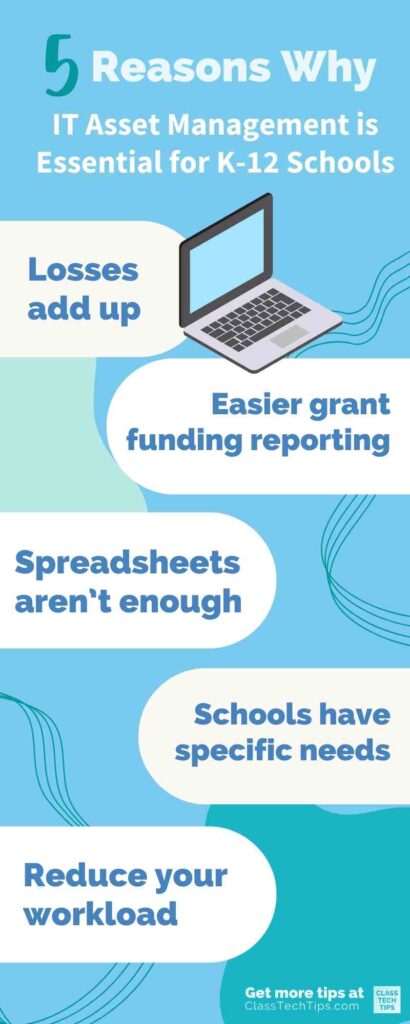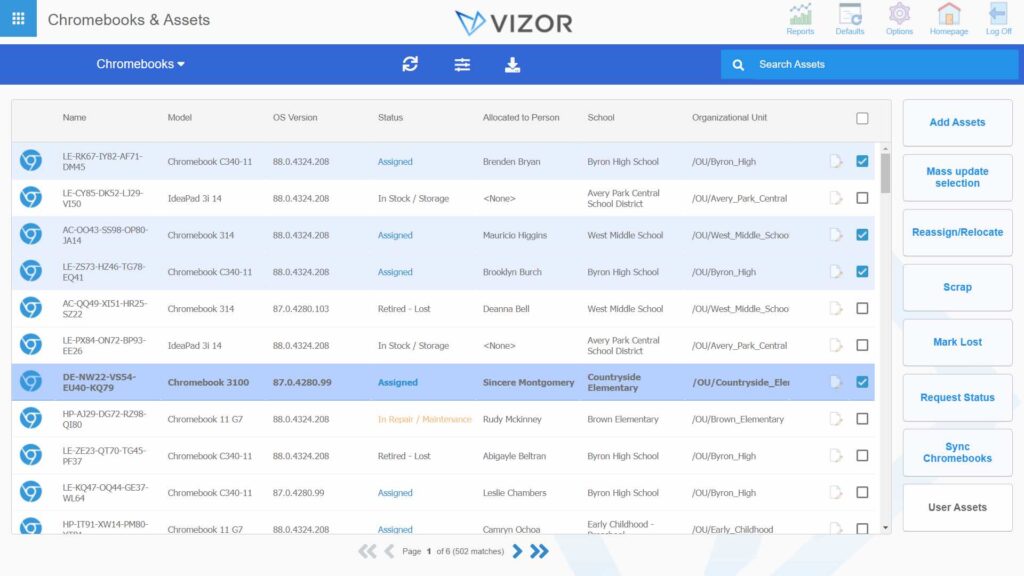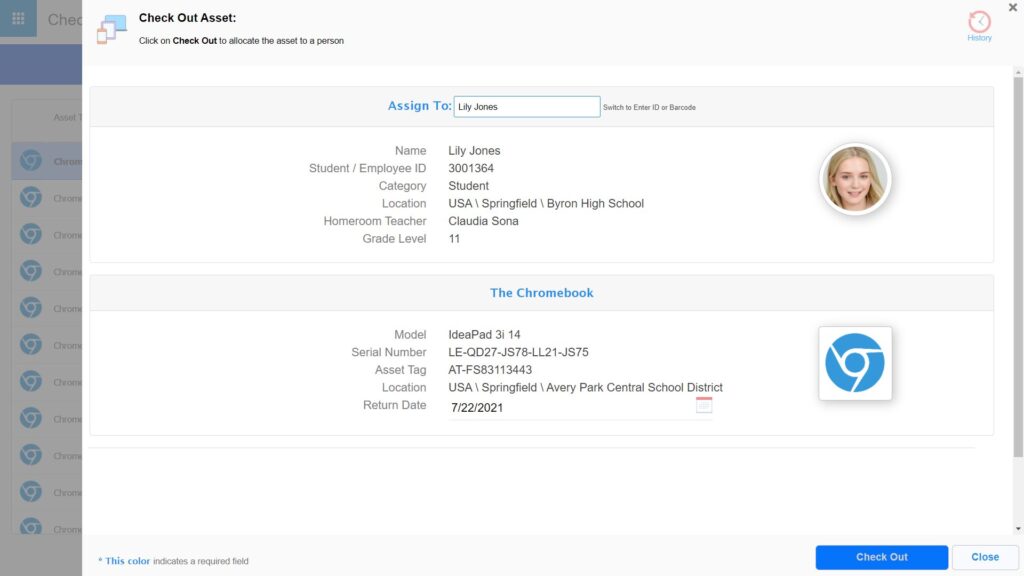Efficient and uninterrupted pumping operations are the lifeblood of successful oil production. In the midst of technological advancements, the role of progressing cavity (PC) pumps has become integral. Whether you’re overseeing a major oilfield or managing a smaller, independent operation, selecting the right PC pump is a critical decision. This guide will walk you through the intricacies of progressing cavity pump selection, providing a roadmap to ensure that your choice aligns with the specific needs of your oil production process.
Introduction
The backbone of any oil production unit is its pumping system. The correct selection of these intricate machines can mean the difference between optimized production and operational inefficiencies. The extensive process involves careful consideration of varying factors, each impacting the operation differently. Our focus here is on PC pumps, known for their reliability and versatility in the oil industry. This introductory section highlights the abyssal impact of pump selection and sets the stage for deeper exploration.
Insights into Selection
In the fiercely competitive oil sector, every barrel counts. Therefore, the choice of progressing cavity pumps must be informed by an in-depth comprehension of your production requirements and the nuances of different pump models. The more nuanced and precise the selection process, the more favorable the outcomes.
Understanding PC Pumps
A comprehensive understanding of PC pumps is the starting point for savvy selection. These pumps have a helical rotor turning inside a double helix stator, creating a series of sealed pockets that progress along the length of the rotor. This section goes into the nitty-gritty of PC pumps, elucidating their mechanism and the key roles they play in oil extraction.
Working Principles
Progressing cavity pumps use the interaction of single or multiple helical rotors with a double helix stator to displace fluids. This eccentric motion results in a smooth, non-pulsating flow, a crucial factor in the sensitive oil extraction process.
Applications in Oil
The unique capability of PC pumps to handle highly viscous materials and adjust to changing reservoir pressures has made them a preferred choice in oil production, artificial lift systems, and enhanced oil recovery methods.
Factors to Consider in Selection
Selecting the right PC pump is more than just browsing and choosing; it’s a meticulous process. Viscosity, temperature, site conditions, environmental impact, and economic factors all play pivotal roles in the decision-making process. Here, we dissect these factors and their relative significance.
Fluid Viscosity & Temperature
The viscosity of the oil being pumped is paramount. High viscosity oils necessitate larger pump sizes with stronger drives. Temperature also affects viscosity, and a variation in process temperatures can impact pump performance, lifespan, and need for specialized materials.
Pump Size and Capacity
Pump size must be proportional to the volume of fluid and pressure. Over-sizing can be inefficient while under-sizing can lead to premature failure due to excess demand. Assessing the correct size and capacity requires a thorough analysis of peak production and off-peak demands.
Environmental and Site Conditions
From offshore platforms to remote desert fields, environmental and site characteristics are diverse and challenging. Corrosion-resistant materials, explosion-proofing, and NEMA ratings are elements that should align with your operational context.
Cost and Maintenance
Capital investment in progressing cavity pumps must be weighed against lifecycle costs, including energy consumption and ongoing maintenance. The operational expenses, along with the period of operation between servicing, are critical in forming a realistic budget.
Step-by-Step Guide to Choosing the Right PC Pump
To ensure a methodical and effective pump selection process, this section provides a structured approach – from assessing your needs to making the final pump choice. Each step integrates the gathered knowledge and analyses to move closer to a fitting selection.
Assessing Your Oil Production Needs
Gather data on the viscosity, temperature, and flow dynamics of your oil wells. Consider the terrain and logistical challenges of your site and determine the necessary horsepower to move the fluid efficiently.
Research and Comparison
Engage in an exhaustive review of available PC pumps, comparing technical specifications, customer reviews, and case studies. Consider the reputation and expertise of manufacturers and the adaptability of the pump to complex applications.
Consulting Industry Experts
Sometimes, the complexities of oil production might require a second opinion. Reach out to industry experts or consult with pump manufacturers. Their insight can be invaluable in navigating through the sea of available options.
Making the Final Selection
Applying the insights gained from the previous steps, critically evaluate the available pumps against your requirements. Look beyond the initial cost and assess the overall fit of the pump in your operational environment.
In closing, we emphasize the critical role of progressing cavity pumps in oil production and the significance of their careful selection. The right PC pump can be a game-changer, increasing your operation’s effectiveness and contributing to a sustainable future for your company.
Insist on thoroughness in the PC pump selection process. It’s an investment not just in machinery, but in the future of your operation. For further information on progressing cavity pumps, our selection process, and other valuable resources, visit our blog and consider attending our upcoming pump selection workshop. Your informed decision today could power the innovations of tomorrow.















